CONTACT US
If you have any questions or require further assistance, please don't hesitate to reach out to our Design Team. We're here to make the process smooth and successful for you.
Phone: (866) 834-1219
Email: customdesign@salemstones.com
Image Quality Matters
At Salem Stones, we take pride in providing the highest quality laser-etched images for personalized granite memorials. As a granite monument wholesaler, we understand the importance of delivering exceptional results for our valued customers in the monument retail, funeral home, and cemetery industries.
When it comes to laser etching, the golden rule is simple: Input Quality equals Output Quality. The quality of the image you submit directly impacts the final etched result. We've noticed that some families submit sub-par photos and images that hinder the overall quality of the laser-etched image. The best etchings have both high resolution and are of a large size.
To achieve a high-quality laser etching, the size and resolution of the image are paramount. As a rule of thumb, the larger the original image's size and the higher its dpi (dots per inch) resolution, the better the results. In most cases, a resolution of 300 dpi will suffice for laser etching. To put it simply, the more dots, the clearer the image. The lower the dpi, the grainier the result and the lower the quality.
These images show the relative blurriness when varying resolutions are presented at the same physical size. The higher the resolution, the clearer the image.

We've prepared a helpful document that outlines the ideal image resolution and size, which you can download. Our goal is to educate you and your staff on these crucial factors to ensure the best possible laser-etching results for your families.
Be mindful that most social media and online digital photo storage solutions reduce photo resolution to 72 DPI which is too low for laser etching. This happens regardless of the original quality of the image when taken with a smartphone or camera.
While resolution plays a significant role in producing a clear etching, it's not the sole determining factor.
Even a small-sized image with a high resolution of 300 dpi may appear clear at its original size, but when enlarged significantly, it can become blurry.
That's why we encourage you to provide the largest image with the highest resolution possible.
The first example, depicting a 300 DPI image, demonstrates the visual outcome when a small image is expanded to a larger size.
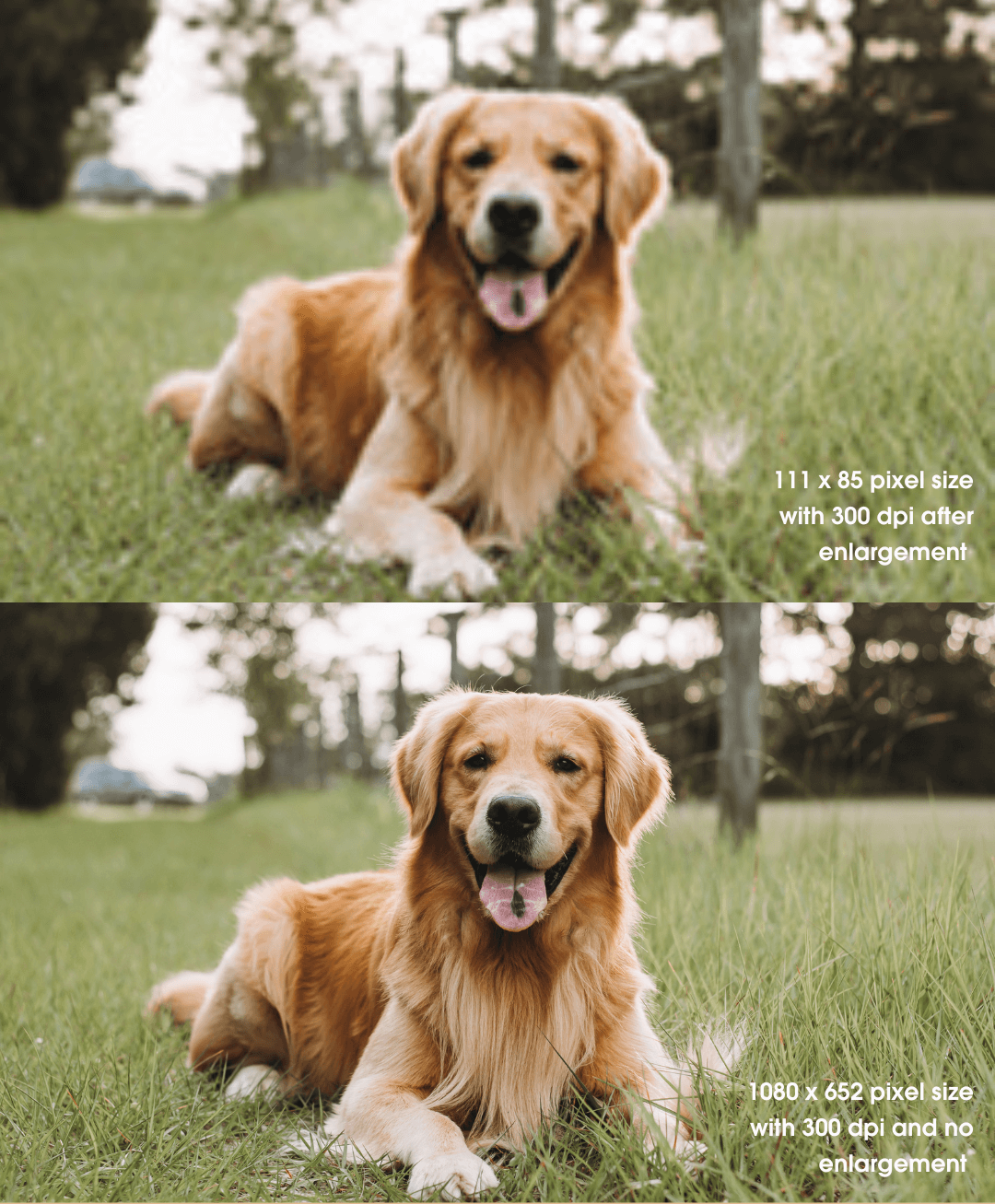
Maintaining clarity often involves reducing the image size, while enlarging it can lead to a loss of sharpness and, again, result in blurriness and a poor etching. To maintain image quality, we will generally only enlarge an image 3 times its original size. This means a wallet-sized photo will not be a good choice for most etchings. When an image is enlarged to cover the width or height of a memorial, the etching will likely result in a lower quality than the original photograph. If a photo is stretched too much, it will become too pixelated to etch.
Here's a guide for recommended 3X sizes based on typical photo sizes:
| Standard Print Size (Inches) | Dimensions in Pixels | Safely Enlarge Up To (Inches) |
| 2.25 x 3.375 | 320 x 240 | 6.75 x 10.125 |
| 3 x 5 | 900 x 1500 | 9 x 15 |
| 4 x 6 | 1200 x 1800 | 12 x 18 |
| 5 x 7 | 1500 x 2100 | 15 x 21 |
| 8 x 8 | 2400 x 2400 | 24 x 24 |
| 8 x 10 | 2400 x 3000 | 24 x 30 |
| 8.5 x 11 | 2550 x 3300 | 25.5 x 33 |
| 9 x 16 | 2700 x 4800 | 27 x 48 |
| 11 x 14 | 3300 x 4200 | 33 x 42 |
| 11 x 16 | 3300 x 4800 | 33 x 48 |
When an image is enlarged to cover the width or height of a memorial, it's crucial to recognize that the resulting etching could fall short of replicating the original photograph's quality. Excessive stretching can lead to pronounced pixelation, rendering the image unsuitable for etching purposes. We recommend obtaining the largest available image size, especially when digitizing physical photographs. Stretching a photo in graphics software will reduce its resolution and lead to pixelation issues during etching.
Our design team is adept at providing expert insights into how images will translate into laser-etched memorials. If the image being submitted has a resolution greater than 300 dpi, it's acceptable for use. Please refrain from resizing or reducing resolution prior to submission, as our designers will handle any necessary adjustments. Keep in mind that higher resolutions and larger sizes notably facilitate quality preservation throughout the enlargement process.

Not all photos are fit for laser etching. Photographs that produce the best results usually contain a wide depth of shading or lighting that ranges from light to dark and a lot of detail. It's important to note that photographs dominated by extensive uniform color areas often do not yield satisfactory etching results.

Images often look great on a computer screen or in print. Please note that when images are resized for etching, they may pixelate due to a lack of quality and low resolution.
We will evaluate the suitability of the image submitted and communicate our assessment accordingly upon receipt.
It is critical to thoroughly review laser etching proofs at full size or the closest approximation to ensure the quality is what your customer envisions.
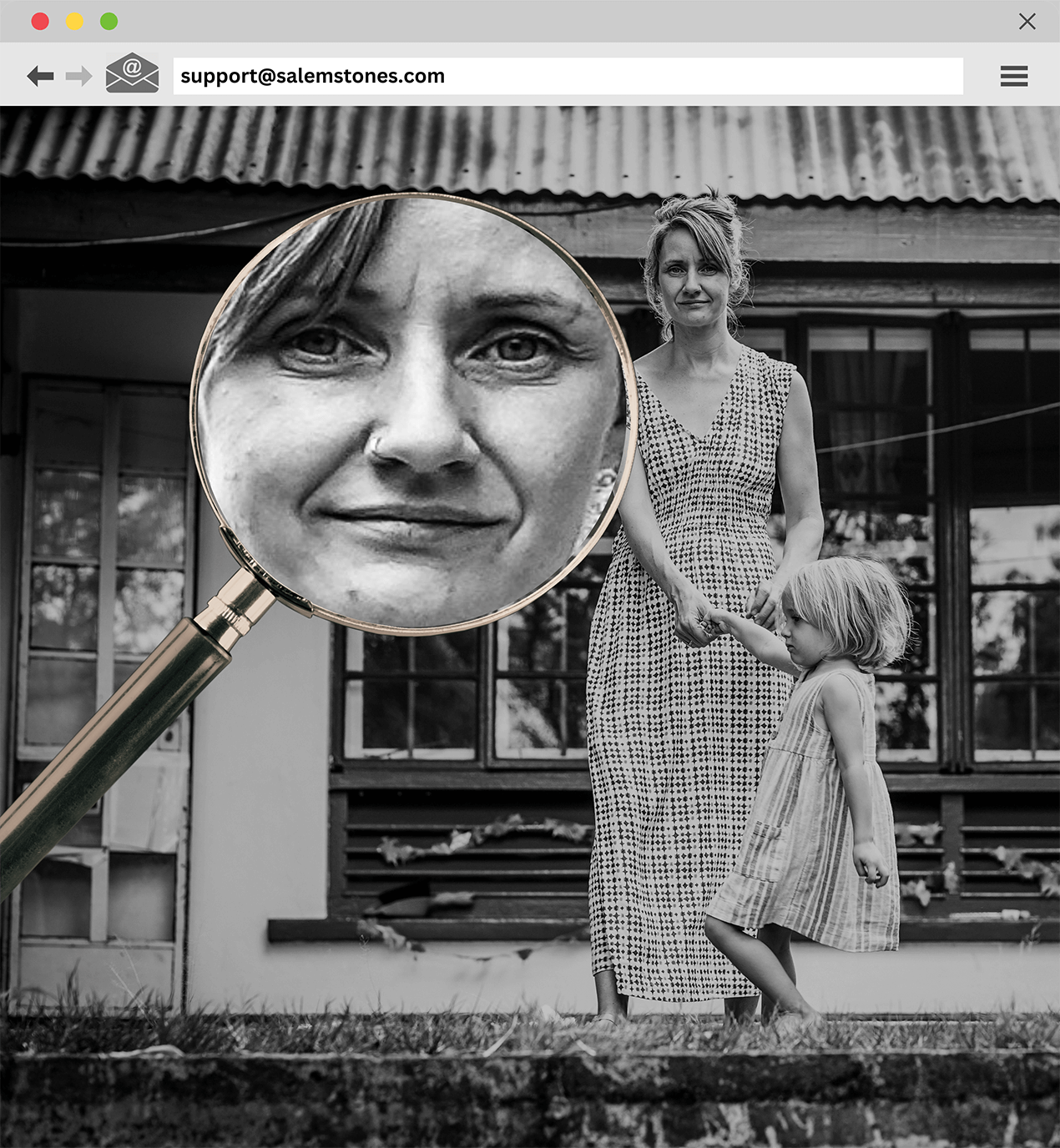
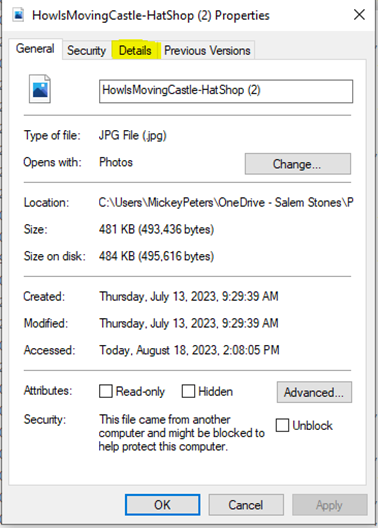
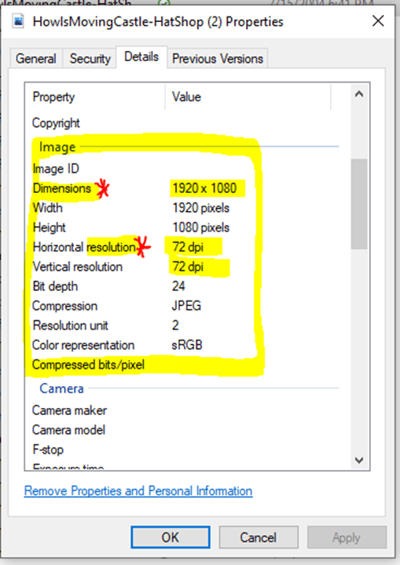
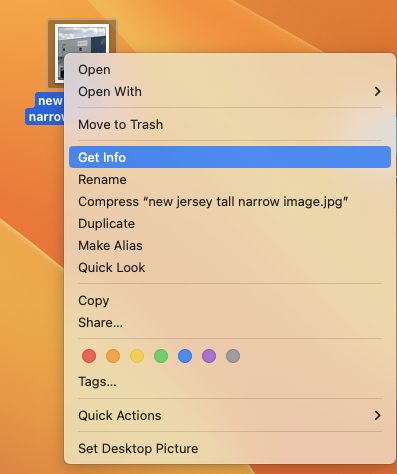
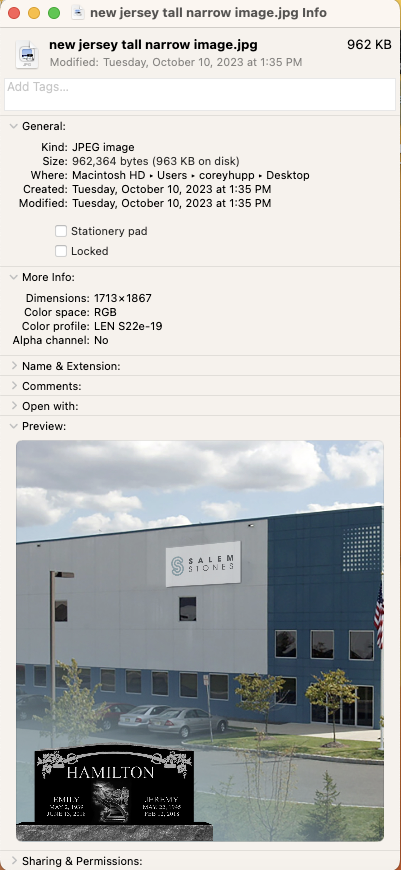
If the dimensions and or resolution values are missing, you will need to open the image in an application such as Apple Photos, Paint, Photoshop, CorelDRAW, or GIMP
If a family photo isn’t quite ready for laser etching, our team can enhance it using AI tools upon request. We will never perform this operation without express permission. This process helps prepare smaller, lower-resolution, or lightly damaged images for sharp, detailed etching. Almost every image can benefit from AI enhancement.
We can:
These enhancements result in clearer, higher-resolution images ideal for laser etching.
Note: We do not perform full photo restorations or colorize images for etching.
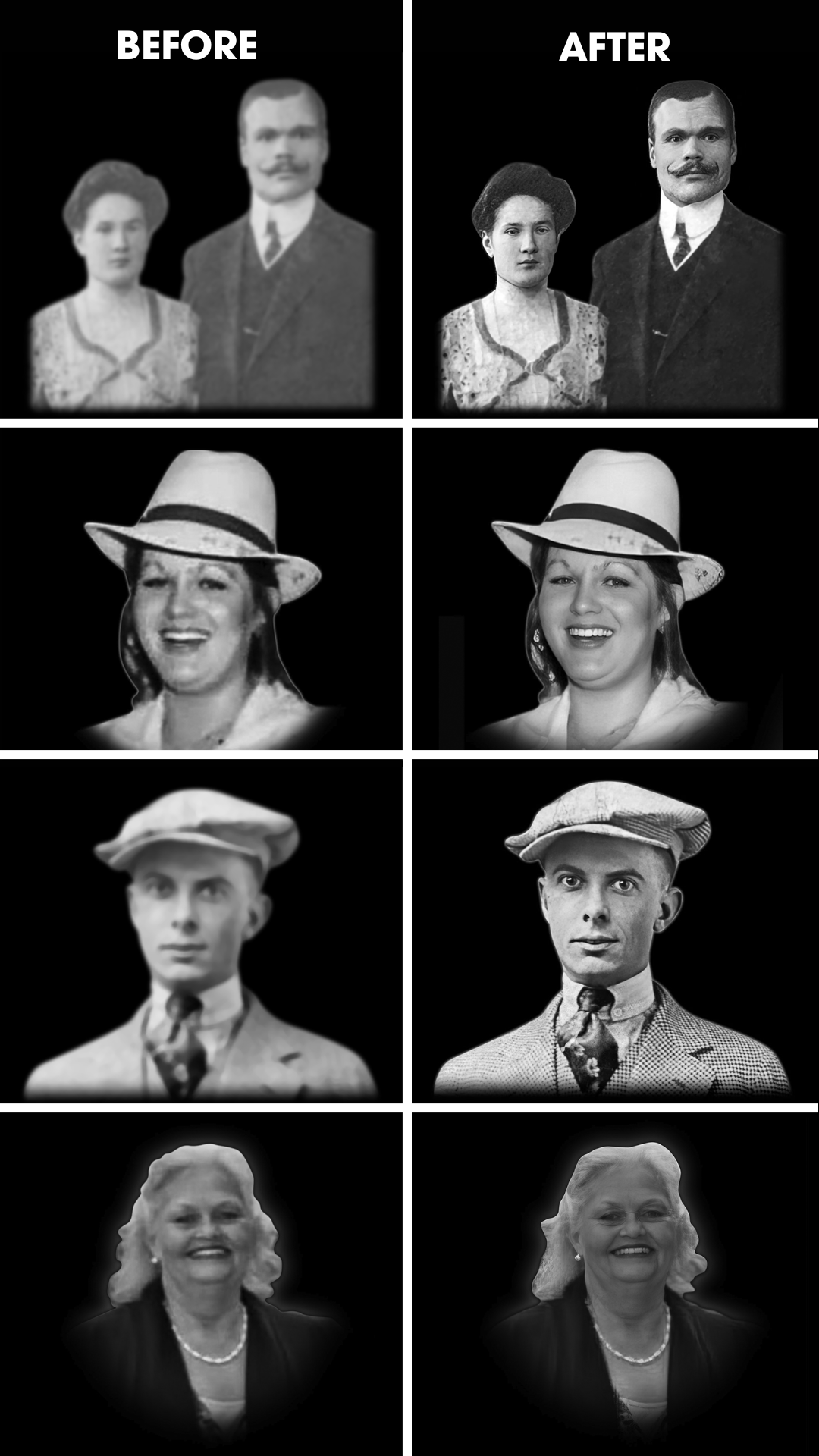
Color laser etching should not be mistaken for a photographic replication process. Our skilled artists meticulously create an interpretation that closely aligns with the provided photograph. It's important to understand that the level of color detail achievable on the granite won't perfectly match the intricacies of the original photograph, and colors appear much more vivid on a screen than on stone.
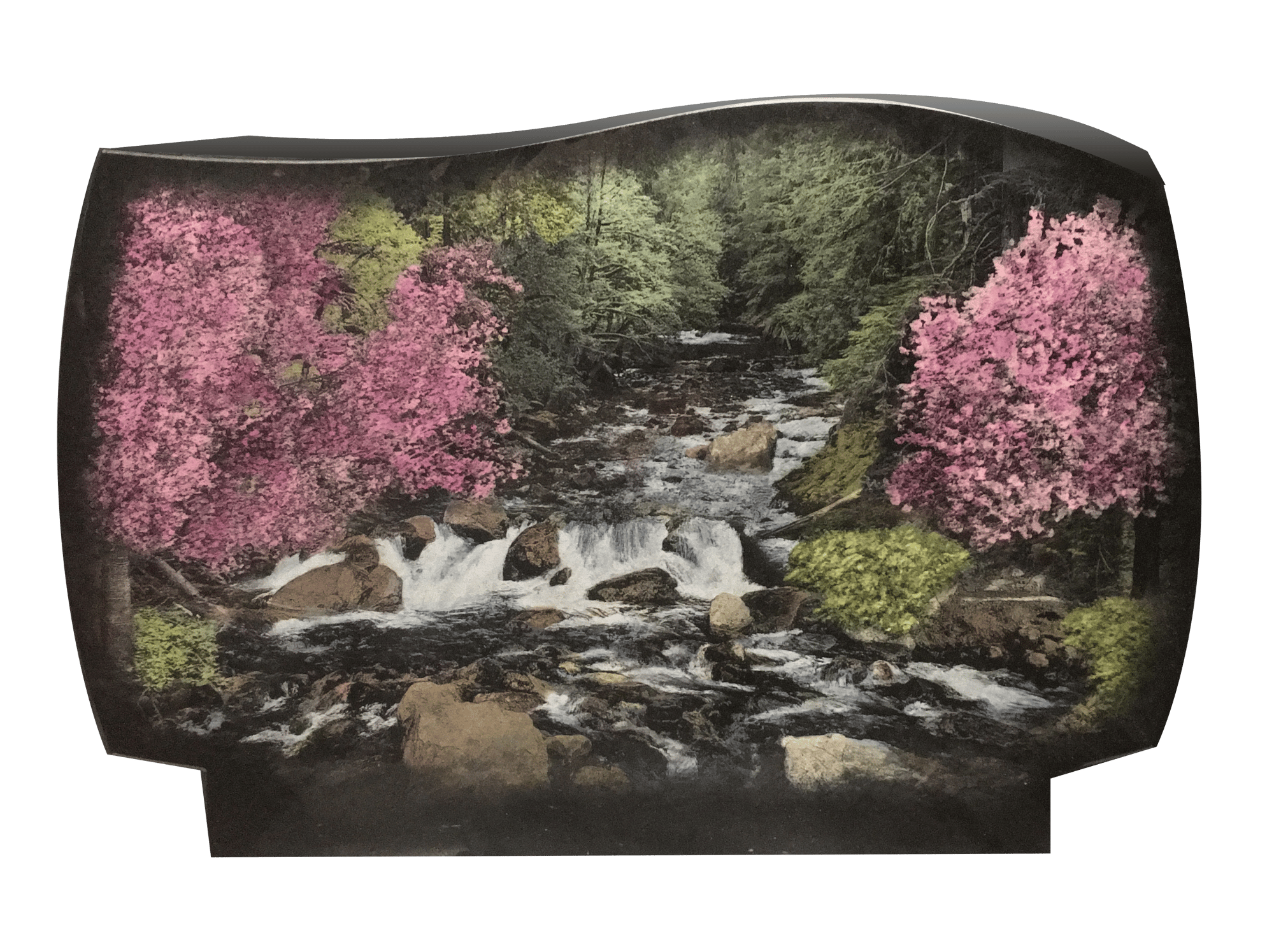
The introduction of color is accomplished through the application of top-tier UV and weather-resistant paint after the laser etching process. It's worth noting that any painted surface exposed to outdoor elements will inevitably undergo some degree of fading. Regrettably, we cannot assure the perpetual endurance of colors due to the diverse environmental conditions that a memorial might encounter.
Nonetheless, the etching itself remains permanent, and if necessary, color touch-ups can always be performed by a future artist.
The best photographs to submit for color laser etching are high-contrast, high-resolution images.
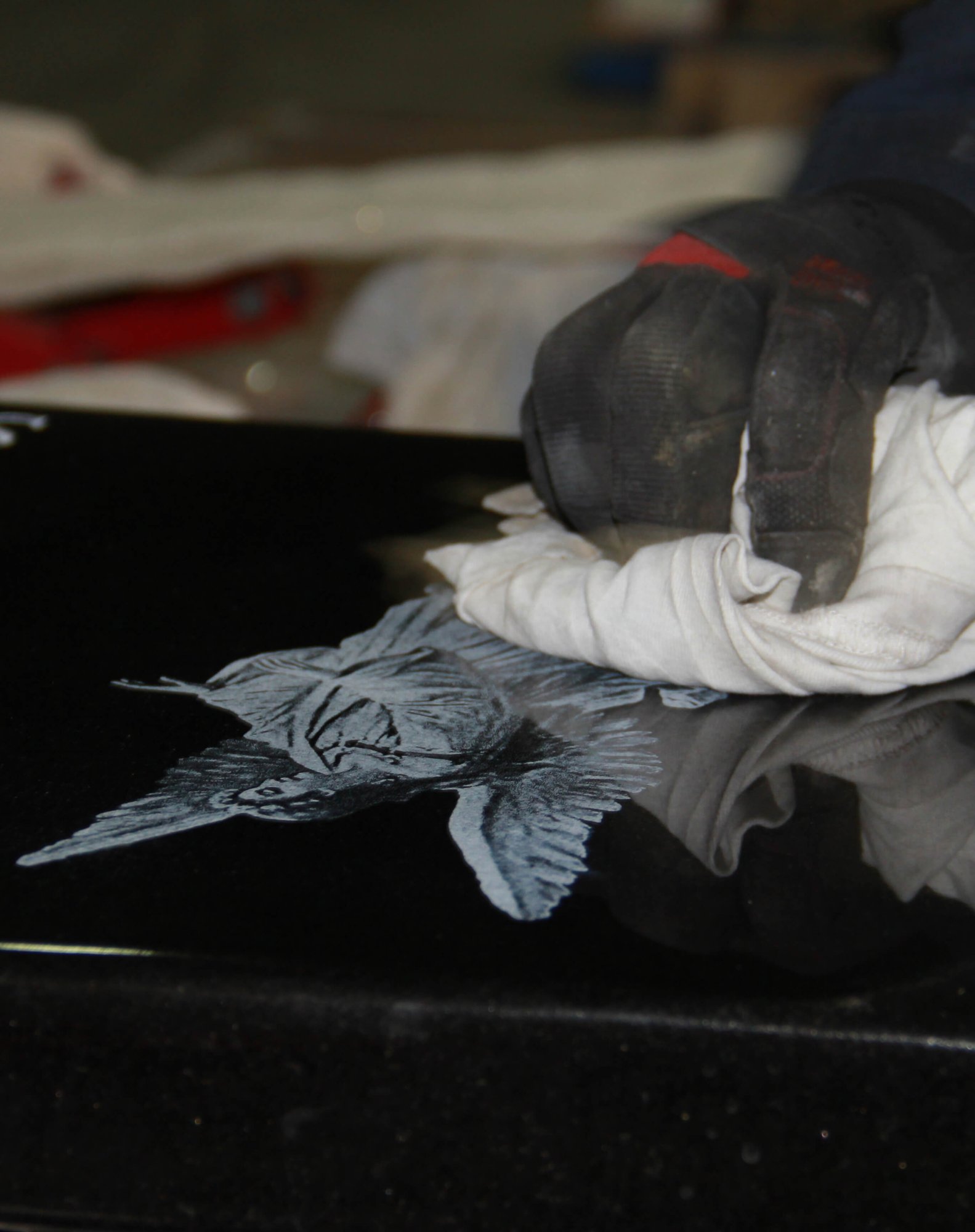
Scanning photos for the families you serve ensures that you have a digital copy of the image and allows you to easily control the quality. For the highest quality digital photos, you'll want to use a dedicated photo scanner to digitize photos. Every scanner is different, so be sure to follow the instructions for yours.
Scan your photos at a minimum resolution of 300 dpi. 600 - 1200 dpi will generate larger file sizes and offer the greatest flexibility. You can always save a copy at a lower resolution, but you can’t add image quality without re-scanning the original.
Always scan color images in color to allow for the option of a color laser etching. Avoid scanning images printed on textured paper or canvas because the texture will translate to the etching in such a way that it will appear pixelated or of poor quality on the granite.
For most photographs, scanning will cause no damage. If the photo has curled or is so old that it’s physically fragile, then flattening it on the scanner bed may cause cracking or other degradation. If it is an extremely old or damaged photo, you may want to recommend that your customer consult a professional digitizing or archiving service.
*Please note: our design team cannot repair or restore damaged photos nor can they colorize black-and-white photos.
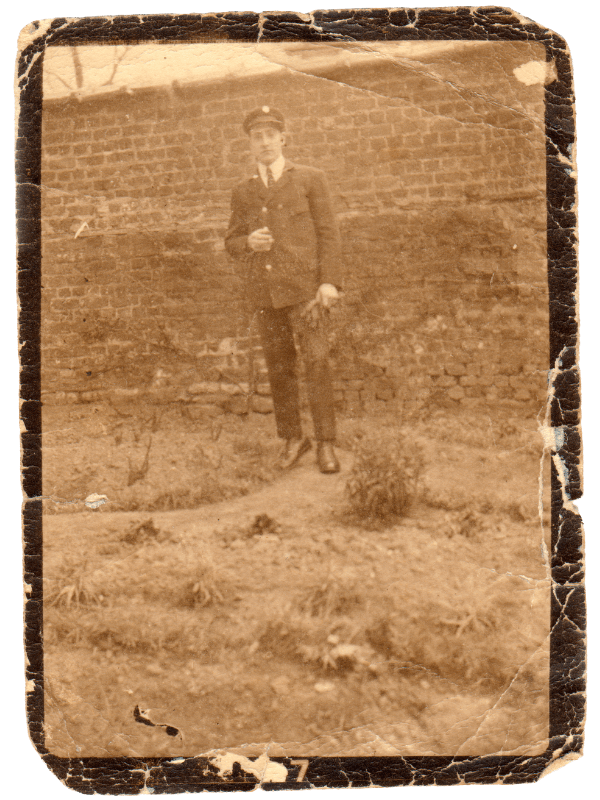
When you don’t have a scanner or your customer is providing a photo larger than your scanner can manage, they will need to take the photo to a photo lab with scanning services such as Walgreens, CVS, Walmart, Fed Ex Office Print & Ship (formerly Kinkos), etc. Scanning the photo at a high resolution (300 DPI or greater) ensures better results in the etching process.
We recommend that you test your local options to find the best options for the families you serve.
If you’re ready to bite the bullet and purchase a scanner it is important to keep a few things in mind. To maximize quality and detail, choose a device that can scan at a high resolution. There are also specialized photo scanners available, with dedicated holders for specific film formats, including slides. It comes down to what do the families you serve typically submit for laser etching on memorials.
Specs to consider:
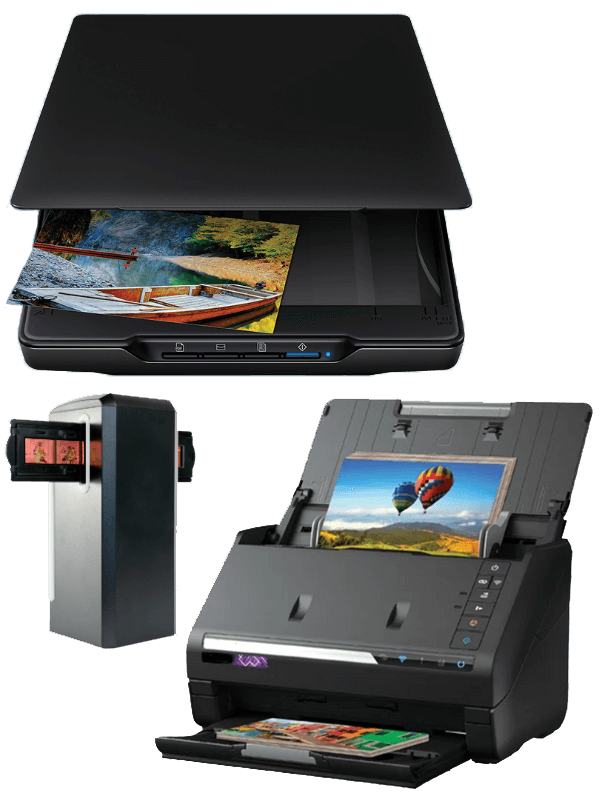
There are two types of photo scanners you can get: upright or flatbed. Upright scanners are easier for scanning stacks of photos since you can just feed them directly in without having to open or close anything, while flatbed scanners are more time-consuming but allow you to scan photos at a significantly higher resolution.
Upright scanners do not handle old or worn photos very well but they will scan a stack of similar-sized photos quicker than a flatbed. These are appropriate if you need to scan a lot of photos at a time.
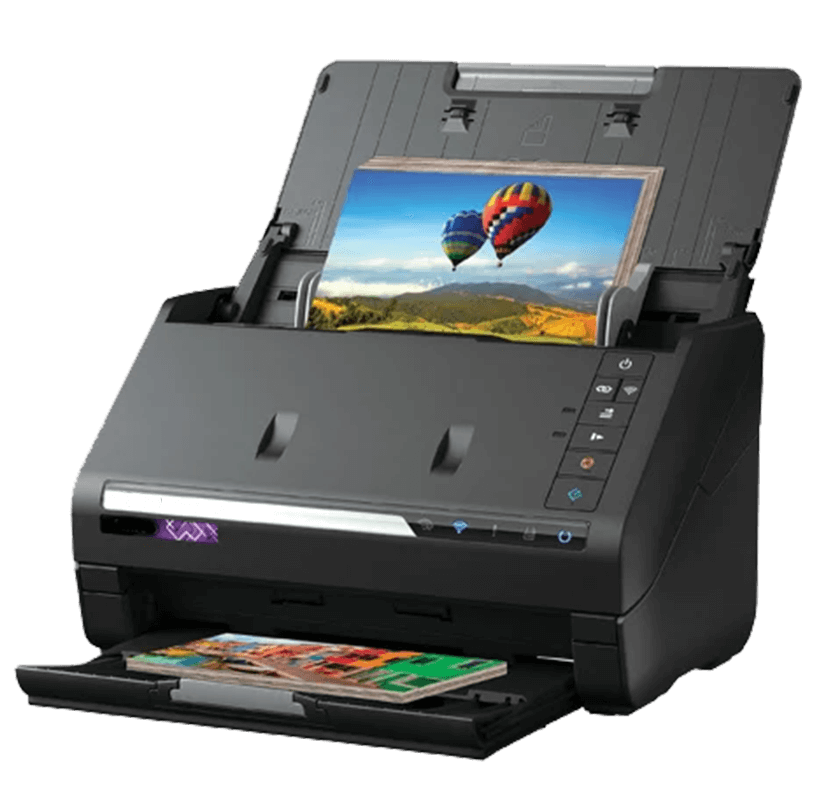
Flatbed scanners take up more horizontal space and require manual placement of each photo on the scanner. They can typically scan photos at a higher resolution than upright scanners. Flatbed scanners are also better for delicate items such as fragile photographs.
The higher the resolution of your scans, the slower the scan speed will be. The higher the resolution of the scan, the better the quality of the converted image. These specs are typically measured in dpi (dots per inch), a scanner with 600 dpi will do a good job for most use cases. You can find consumer-grade scanners with a resolution of up to 6400 dpi which offers enormous flexibility for image quality.
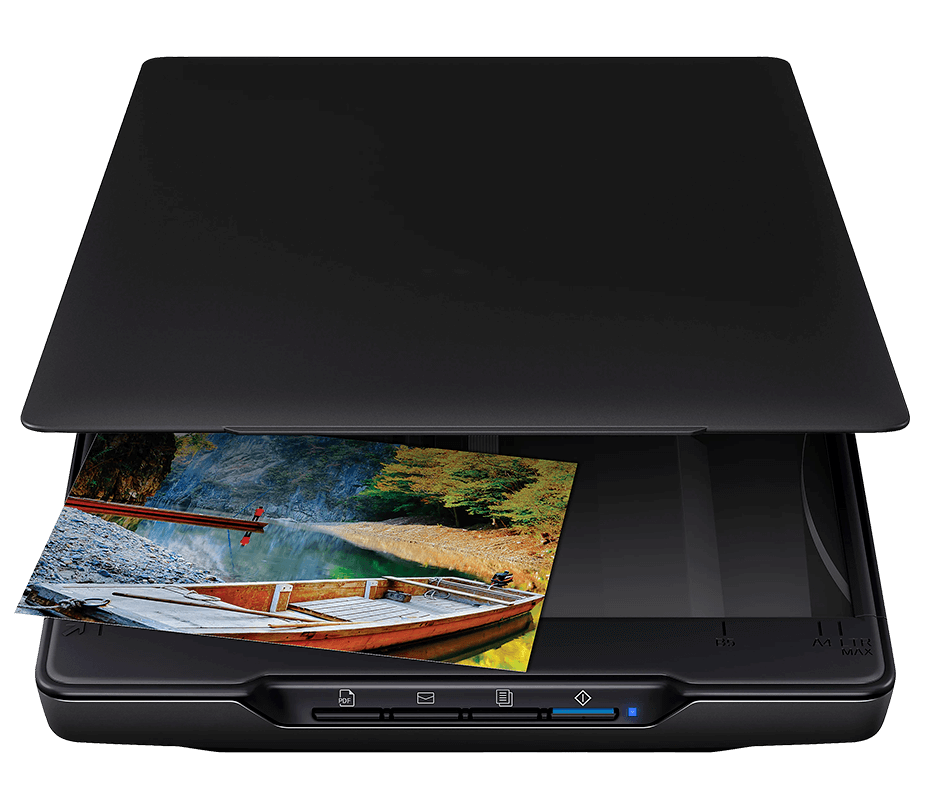
Consumer-grade flatbed scanners typically have bed sizes from 8.5 x11 to 11x17 inches. These scanners can handle up to ledger-sized items.
Large format scanners have bed sizes from 24 up to 56 inches. These are usually standalone devices that won’t fit on your average desk. They are also more costly and usually found in print shops and photo labs.
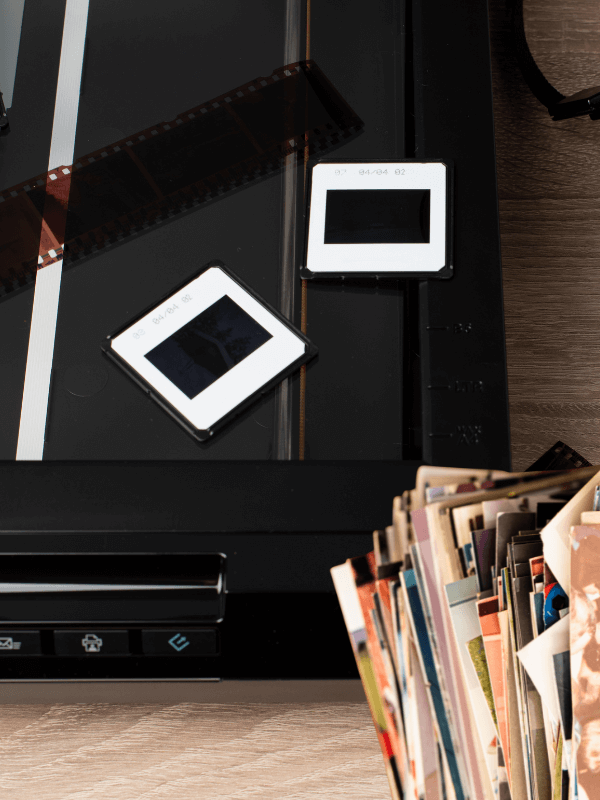
Most scanners on the market today will support multiple operating systems but you will want to confirm this before purchasing. An OS update could impact your scanner as well, ie. the drivers may need updating or you may need to delay upgrading to the latest OS to ensure your scanner will continue to communicate with your computer.
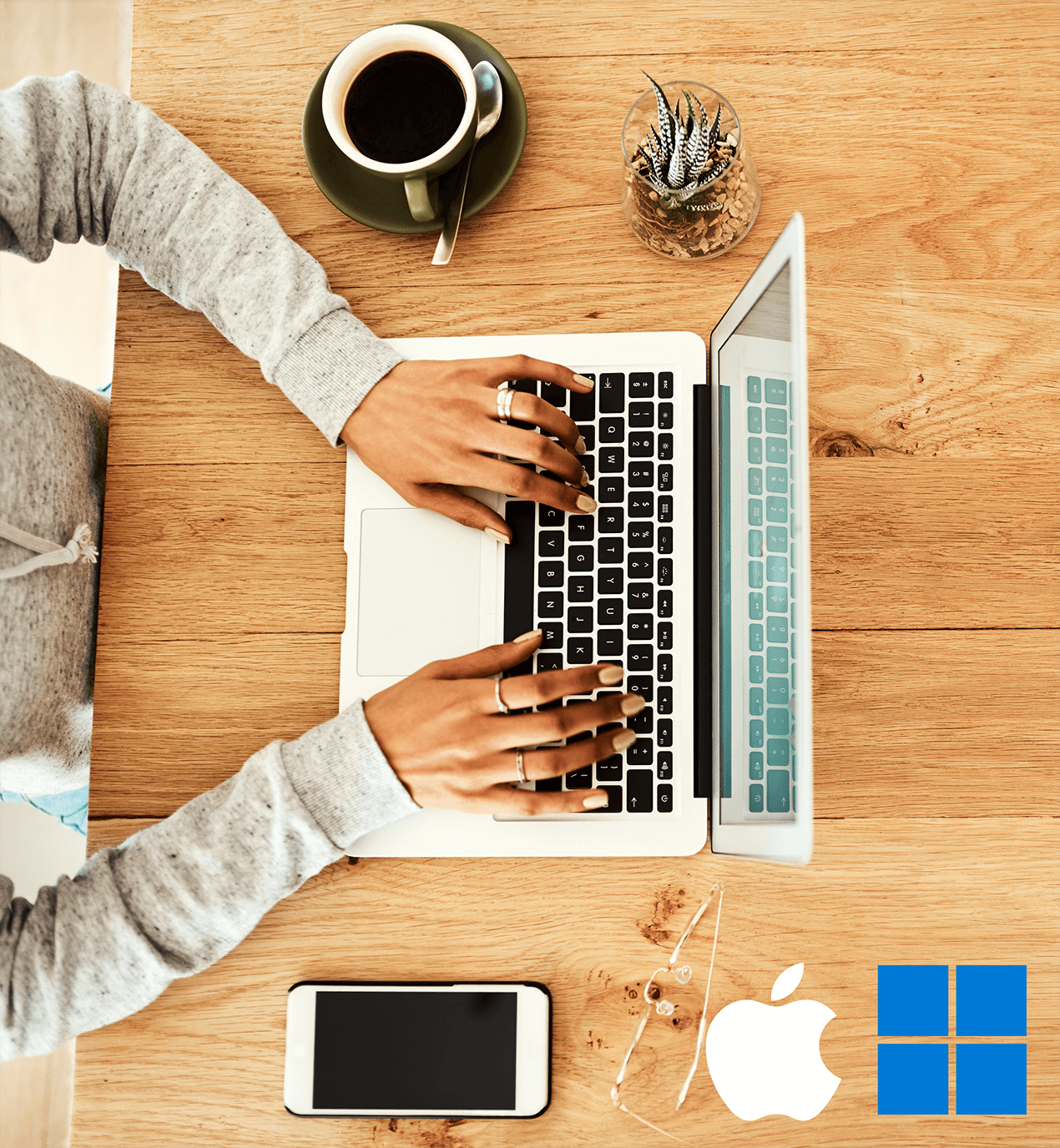
Some scanners may be limited to two file types, such as TIFF (which produces high-resolution, high-quality images with more detail) and JPEG (a compressed file format that retains less information and produces images with less detail), while others include support for more obscure file types such as BMP and PDF.




At Salem Stones, we believe that every granite monument deserves a laser-etching that stands the test of time. By submitting high-quality images with proper size and resolution, you can ensure a truly exceptional and everlasting tribute. Trust our expertise, and together, we'll create enduring memories etched in granite.
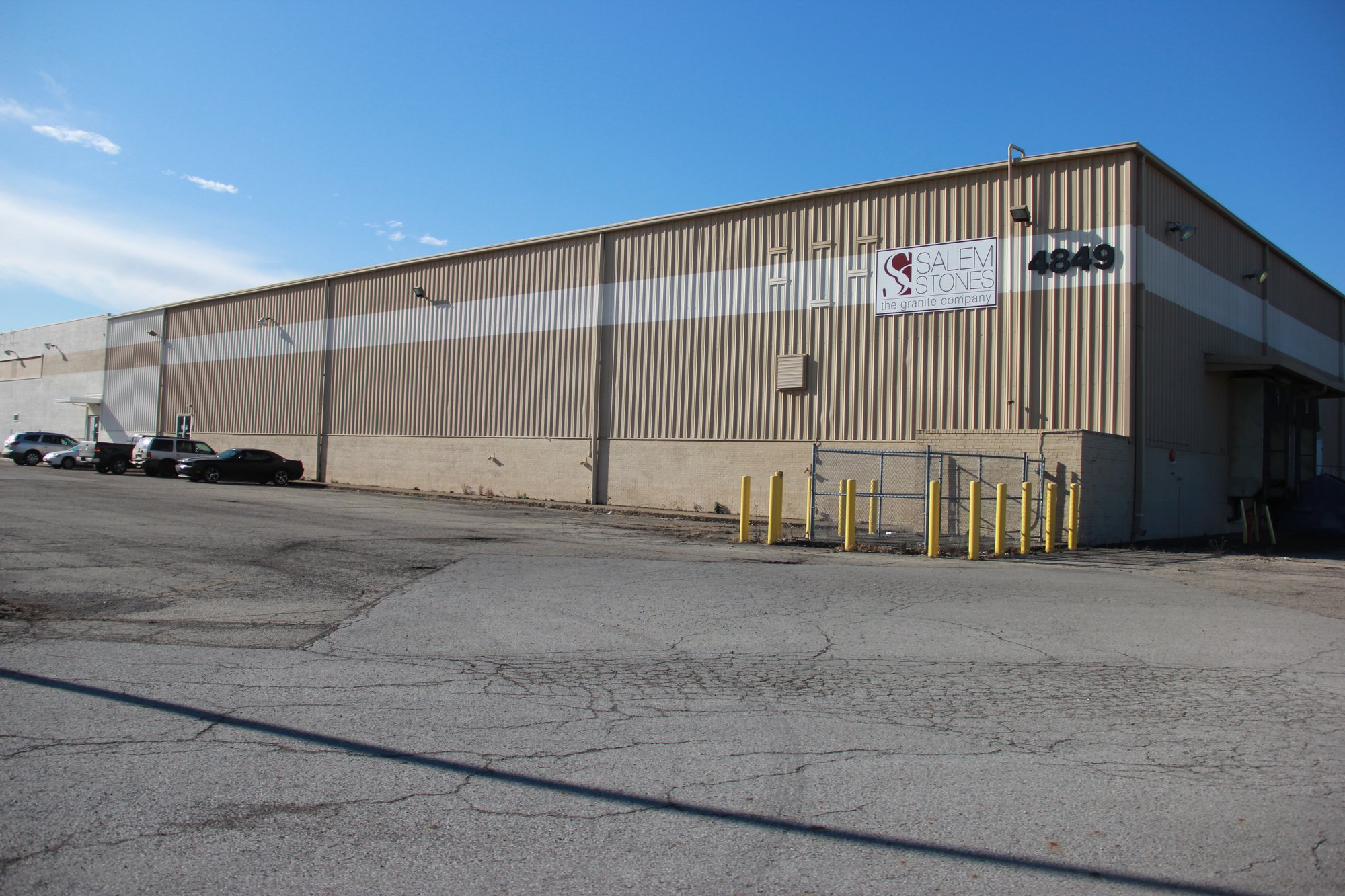
Salem Stones, a leading provider of wholesale granite memorials, strives to help customers grow their businesses while creating a company culture in which people thrive. Founded in 2006, the company is the largest importer of granite memorials serving memorial retailers, cemeteries, funeral homes, and civic and religious communities across the US. Salem Stones offers a wide selection of top-quality granite memorials, bronze memorials, mausoleums, cremation memorials, and columbaria. Services include sandblasting, laser etching, and custom design. Salem Inspire allows customers to provide memorial personalization and view real-time inventory with clear order status tracking. For more information, visit salemstones.com.